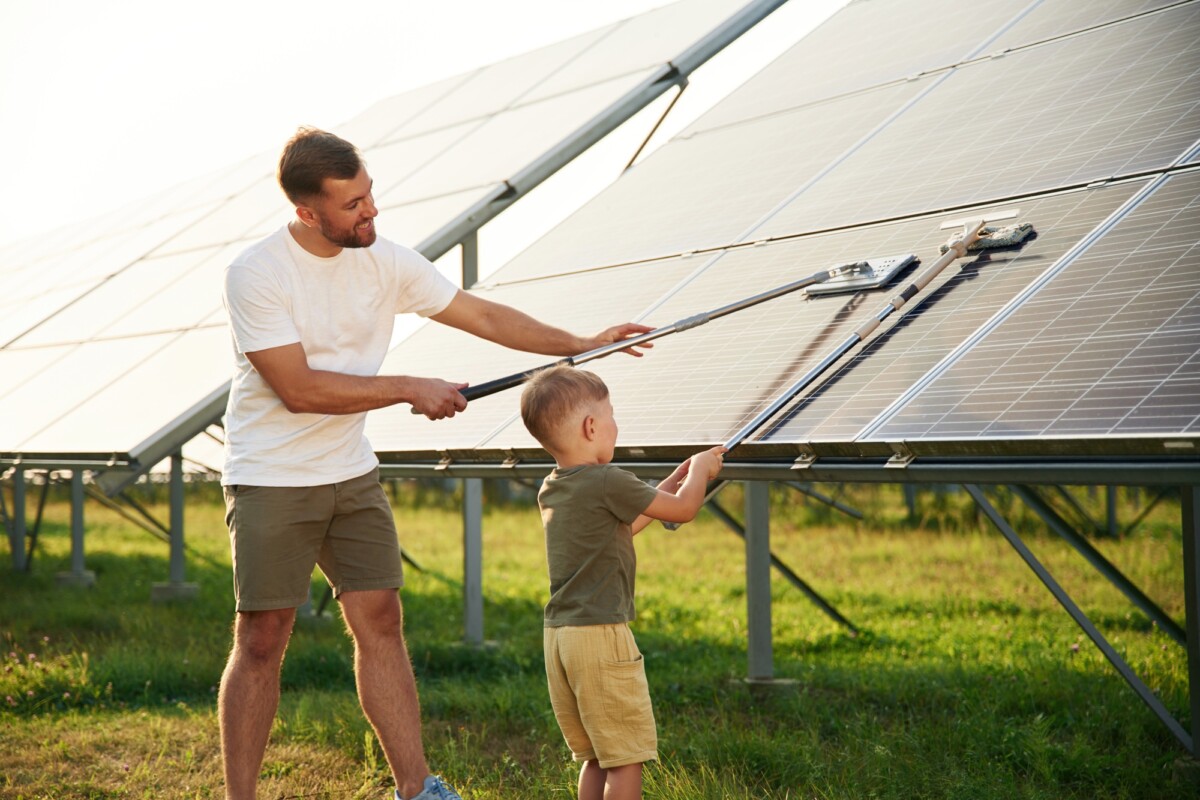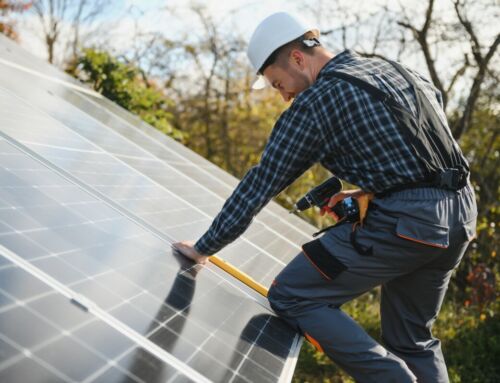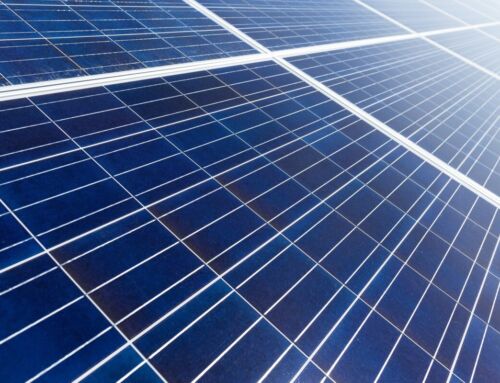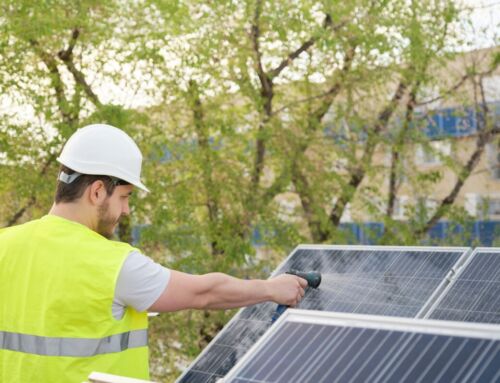Cleaning solar panels is a vital but frequently neglected part of maintaining a solar energy system. For most homeowners and businesses that invest in solar panels, the assumption is that the panels are “set it and forget it.” After all, they don’t have moving parts, and they sit in the sun all day. But like windows or rooftops, solar panels are constantly exposed to dust, dirt, bird droppings, tree sap, and air pollution. Over time, this debris accumulates and impacts energy efficiency.
In the United States, where residential solar adoption is growing fast, routine cleaning can lead to noticeable increases in energy output, especially in dry or polluted regions. This article provides a comprehensive guide on cleaning solar panels—why it matters, when to do it, and how to do it properly without damaging your investment.
Understanding the Importance of Cleaning Solar Panels
To understand the value of cleaning solar panels, it’s important to first recognize how they work. Solar panels absorb sunlight through photovoltaic (PV) cells. These cells convert solar energy into usable electricity. When the glass surface of the panels is obscured by grime, even partially, it reduces the amount of sunlight reaching the cells. Less sunlight means lower energy production.
Studies show that dirty panels can lose between 5 to 25 percent of their efficiency. In drier climates like Arizona or Nevada, where rainfall is infrequent, the accumulation can be even worse. For panels near highways or airports, airborne pollutants and dust pose a similar problem. Even in suburban neighborhoods, pollen and leaves can slowly reduce system performance if left unchecked.
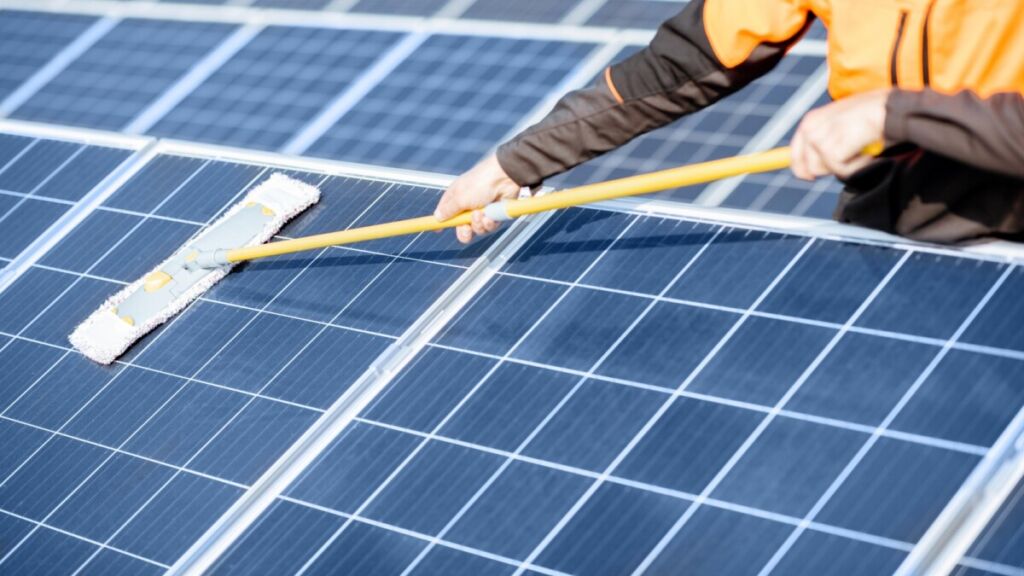
Thinking about solar energy? See how it can lower your bills and elevate your home’s efficiency. Get Your Free Estimate at NewSolar Quotes
How Often Should You Be Cleaning Solar Panels
The frequency of cleaning solar panels depends on several factors:
-
Local climate
-
Proximity to dust, trees, and pollution
-
Rainfall and wind patterns
-
Type of roof or mounting system
General Recommendations:
-
Every six months is a good baseline for most homes.
-
Every three months in desert, dusty, or high-traffic areas.
-
After pollen season for homes near trees.
-
After wildfires, construction work, or heavy storms, which may leave soot or debris.
While rain may rinse some of the dirt away, it is not a reliable cleaning method. Rainwater can leave mineral deposits or only partially clean the panel surface. Think of it as similar to a car windshield—it might look clean from a distance after rain, but a closer inspection usually reveals streaks and spots.
Signs Your Solar Panels Need Cleaning
There are several indicators that it’s time to clean your solar panels:
-
Drop in energy output: If your system includes performance monitoring, a sudden or gradual dip in production may signal dirt buildup.
-
Visible grime: From a safe vantage point, if you can see bird droppings, leaves, or dust accumulation, cleaning is likely overdue.
-
Uneven sunlight exposure: Even minor shading from debris can disproportionately affect energy production due to how PV cells are wired.
Cleaning should be part of a preventative maintenance strategy rather than a reactive one. Waiting for visible issues can lead to long-term performance losses.
Proper Methods for Cleaning Solar Panels
Cleaning solar panels the right way is essential to avoid damage or voiding manufacturer warranties. Below is a detailed guide for safe and effective cleaning:
Step One: Power Down the System
Always follow manufacturer guidelines to shut off the system before starting. While panels themselves don’t store electricity, inverters and other components may pose an electric hazard during cleaning.
Step Two: Conduct a Visual Inspection
Check for cracks, exposed wiring, or other damage. If any issues are found, contact a solar technician. Cleaning damaged panels can worsen problems.
Step Three: Gather Cleaning Supplies
-
Soft brush with a telescoping handle
-
Hose with a gentle spray nozzle
-
Bucket of lukewarm water with mild soap (no harsh chemicals)
-
Squeegee or microfiber cloth for drying
Avoid using pressure washers, hard bristles, or abrasive cleaners, which can scratch the glass or damage the anti-reflective coating.
Step Four: Choose the Right Time of Day
Clean panels early in the morning or late in the afternoon. Midday sunlight heats the panels, and water on hot glass can lead to cracks due to thermal shock. Early cleaning also prevents quick evaporation that leaves streaks.
Step Five: Begin Cleaning
Spray panels lightly with water to loosen dirt. Dip the soft brush into soapy water and gently scrub the surface. Rinse with fresh water and use a squeegee if needed to avoid water spots. Make sure to use ladders or safety harnesses on sloped roofs.
Safety Tips for Cleaning Solar Panels
-
Never walk directly on the panels. They can crack under weight and pose a fall hazard.
-
Avoid metal tools that can scratch the glass or cause electrical grounding issues.
-
Use safety equipment when working on rooftops, including harnesses and rubber-soled shoes.
-
Never clean panels during thunderstorms or when wet surfaces increase the risk of slipping.
DIY or Hire a Professional Solar Panel Cleaner
Deciding between cleaning panels yourself or hiring a service depends on access, confidence, and system size.
Benefits of DIY:
-
Cost-effective
-
Flexible scheduling
-
No need to wait for contractors
Drawbacks of DIY:
-
Potential safety risks
-
Requires proper equipment
-
May not be as thorough as professional services
Benefits of Professional Services:
-
Expertise in handling fragile systems
-
Safe and efficient, especially for large or difficult roofs
-
Often included in solar maintenance plans
Drawbacks of Professional Services:
-
May cost between $100–$300 per cleaning
-
Requires scheduling
-
Limited to availability in some areas
Table: DIY vs Professional Solar Panel Cleaning
| Cleaning Method | Cost Range | Safety Level | Recommended For |
|---|---|---|---|
| DIY Cleaning | $10–$50 | Moderate risk | Single-story homes, accessible roofs |
| Professional Service | $100–$300 | Low risk | Multi-story buildings, large systems |
How Weather Affects Panel Cleanliness
U.S. homeowners experience different environmental challenges depending on their location:
-
Southwest (Arizona, Nevada): Dust storms and dry air leave sand and grit on panels. Monthly rinsing may be needed.
-
Pacific Northwest: High tree coverage can lead to moss or lichen buildup. Also watch for leaves in fall.
-
Midwest and Northeast: Soot from heating systems and snowmelt can deposit dirt on panels.
-
Southeast: High humidity and rain can encourage algae or mildew on and around panels.
Understanding regional challenges helps plan an ideal cleaning schedule.
Can Dirty Solar Panels Affect Financial Savings?
Absolutely. Since solar panels are an upfront investment that pays off through energy savings or utility offsets, even a 10% loss in output can significantly affect your returns over time.
Consider this: if your panels typically save you $1,500 per year on electric bills, a 10% efficiency loss translates to $150 in lost value annually. Over 10 years, that’s $1,500—not accounting for energy credit losses if your system is tied to the grid.
Cleaning is a minor cost compared to potential lost savings.
Warranty Considerations When Cleaning Solar Panels
Most solar panels come with warranties ranging from 20 to 25 years. However, improper cleaning methods can void these warranties. Always:
-
Use only approved cleaning materials
-
Avoid pressure washing or scraping tools
-
Document cleaning if done professionally for warranty records
-
Never open panel housings or tamper with seals
Before performing your first cleaning, check your warranty documentation and ask your installer about best practices.
Monitoring and Long-Term Maintenance
Cleaning solar panels is just one part of a broader maintenance strategy. Also include:
-
Monthly energy output checks: Spot inconsistencies early.
-
Annual inspections: Check wiring, mounts, and inverter health.
-
Seasonal debris removal: Especially in fall or after windstorms.
Smart solar systems often include apps or dashboards that track real-time performance. Sudden dips in output can be an early indicator that cleaning is necessary.
FAQs About Cleaning Solar Panels
How much does it cost to clean solar panels professionally?
On average, homeowners can expect to pay between $100 and $300, depending on system size and roof height.
Can I clean solar panels with vinegar or dish soap?
Mild dish soap diluted in water is safe. Avoid vinegar and other acidic substances which may degrade the anti-reflective coating.
Is cleaning solar panels mandatory?
While not legally required, regular cleaning helps maintain efficiency and system longevity.
Do all solar panel warranties require cleaning?
Most warranties recommend proper maintenance. Neglecting to clean panels can void performance guarantees.
How long does it take to clean solar panels?
A small rooftop array can be cleaned in 30 to 60 minutes by hand, depending on access and buildup.
Final Thoughts on Cleaning Solar Panels
Cleaning solar panels may not seem urgent, but over the years, it plays a critical role in maximizing your system’s value. Just like you wouldn’t leave your car windshield dirty for months, solar panels also benefit from periodic care. In the United States, where solar incentives and energy savings are central to the homeowner’s return on investment, keeping panels clean helps secure those financial gains.
Whether you handle it yourself or hire professionals, make cleaning part of your solar strategy. By doing so, you ensure every ray of sunshine counts toward your savings and sustainability goals.
Switch to solar and start saving now! Don’t miss out on a cleaner, cost-effective energy solution. Schedule Your Free Consultation at NewSolar Quotes
Discover more ways to save with solar! Visit New Solar Quote and see the potential for your home.

